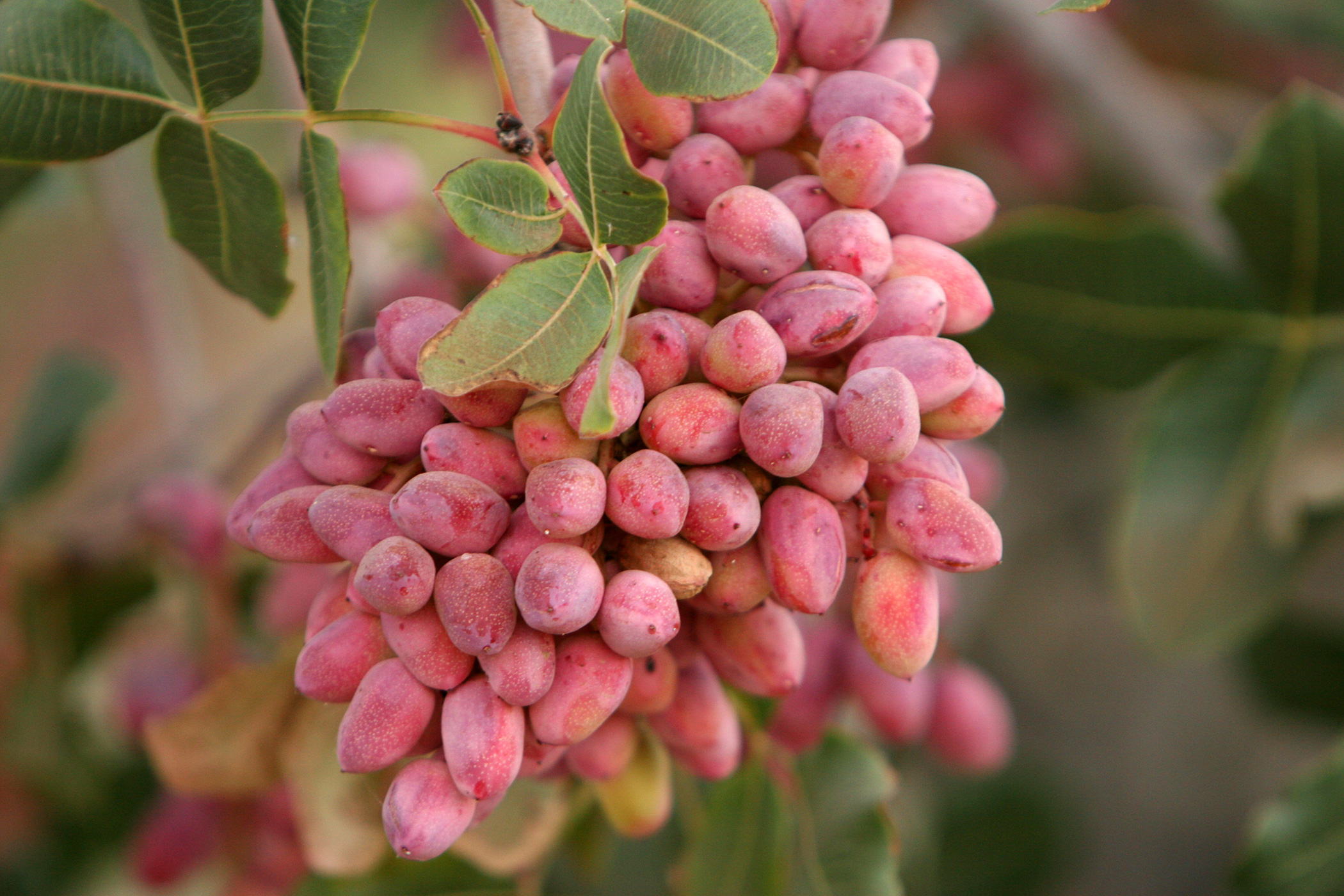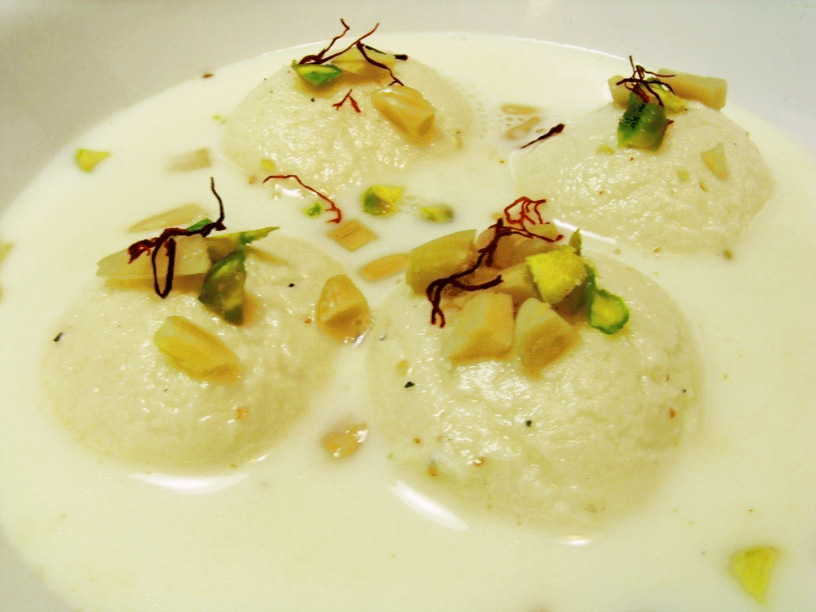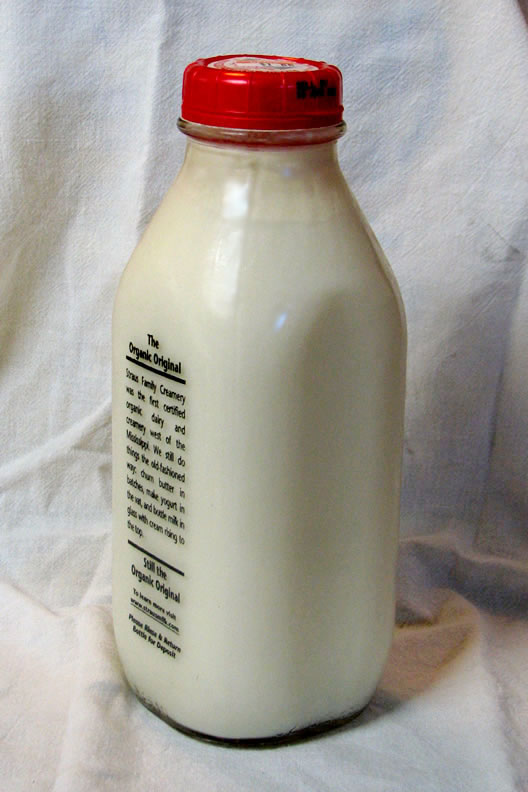|
Kulfi
Kulfi () is a frozen dairy dessert from the Indian subcontinent. It is often described as "traditional Indian ice cream". Kulfi originated in 16th-century Delhi during the Mughal era. It is part of the national cuisines of India and Pakistan and also popular in Bangladesh, Myanmar, Nepal, Sri Lanka, and the Middle East. Kulfi is denser and creamier than regular ice cream. It comes in various flavours. Traditional ones include cream ('' malai''), rose, mango, cardamom (''elaichi''), saffron (''kesar'' or ''zafran''), and pistachio. Newer flavours may include apple, orange, strawberry, peanut, or avocado. Unlike ice cream, kulfi is not churned while it is frozen, resulting in a denser final product which is considered a distinct category of frozen dairy-based dessert. The density of kulfi causes it to melt more slowly than ice cream. History The word ''kulfi'' comes from the Persian (قلفی) meaning "covered cup". The dessert originated in Delhi during the Mughal Empire i ... [...More Info...] [...Related Items...] OR: [Wikipedia] [Google] [Baidu] |
Ice Cream
Ice cream is a frozen dessert typically made from milk or cream that has been flavoured with a sweetener, either sugar or an alternative, and a spice, such as Chocolate, cocoa or vanilla, or with fruit, such as strawberries or peaches. Food colouring is sometimes added in addition to Food stabilizer, stabilizers. The mixture is cooled below the freezing point of water and stirred to incorporate air spaces and prevent detectable ice crystals from forming. It can also be made by Whisk, whisking a flavoured cream base and liquid nitrogen together. The result is a smooth, semi-solid foam that is solid at very low temperatures (below ). It becomes more Ductility, malleable as its temperature increases. Ice cream may be served in dishes, eaten with a spoon, or licked from edible wafer Ice cream cone, ice cream cones held by the hands as finger food. Ice cream may be served with other desserts—such as cake or pie—or used as an ingredient in cold dishes—like ice cream floats, s ... [...More Info...] [...Related Items...] OR: [Wikipedia] [Google] [Baidu] |
Matki (earthen Pot)
A ''matki'' or ''matka'' (Hindi and Urdu: ''maṭkī'', ''maṭkā'') in South Asia is an earthen pot used as a home "water storage cooler". It has been in use since ancient times and can be found in houses of every social class. Production They are made by the combination of two types of clay: the first is taken from the surface of the earth and the second after digging more than 10 feet deeper into the earth. Making a matka is a long process of at least 8 days. The clay is mixed with water, shaped, finished, polished, dried and fired in a kiln for 5 days. Modern designs are fitted with taps. Cooling process The cooling process works through evaporative cooling. Capillary action causes water to evaporate from the mini-pores in the pot, taking the heat from the water inside, thus making the water inside cooler than the outside temperature. Hence it is used only during summer and not in winter. Gallery Pani ka matka.jpg, A matka (big earthen pot) on roadside at Chinawal, ... [...More Info...] [...Related Items...] OR: [Wikipedia] [Google] [Baidu] |
Dessert
Dessert is a course (food), course that concludes a meal; the course consists of sweet foods, such as cake, biscuit, ice cream, and possibly a beverage, such as dessert wine or liqueur. Some cultures sweeten foods that are more commonly umami, savory to create desserts. In some parts of the world, there is no tradition of a dessert course to conclude a meal. Historically, the dessert course consisted entirely of foods 'from the storeroom' (''de l’office''), including fresh, stewed, preserved, and dried fruits; nuts; cheese and other dairy dishes; Cookie, dry biscuits (cookies) and wafers; and ices and Ice cream, ice creams. Sweet dishes from the kitchen, such as freshly prepared pastries, meringues, custards, puddings, and baked fruits, were served in the Entremet, entremets course, not in the dessert course. By the 20th century, though, sweet entremets had come to be included among the desserts. The modern term ''dessert'' can apply to many sweets, including fruit, custard ... [...More Info...] [...Related Items...] OR: [Wikipedia] [Google] [Baidu] |
Indian Cuisine
Indian cuisine consists of a variety of regional and traditional cuisines native to the Indian subcontinent. Given the diversity in soil, climate, culture, ethnic groups, and occupations, these cuisines vary substantially and use locally available spices, herbs, vegetables, and fruits. Indian food is also heavily influenced by religion, in particular Hinduism and Islam, cultural choices and traditions. Historical events such as invasions, trade relations, and colonialism have played a role in introducing certain foods to India. The Columbian exchange, Columbian discovery of the New World brought a number of new vegetables and fruits. A number of these such as potatoes, tomatoes, Chili pepper, chillies, peanuts, and guava have become staples in many regions of India. Indian cuisine has shaped the history of international relations; the spice trade between India and Europe was the primary catalyst for Europe's Age of Discovery. Spices were bought from India and traded around ... [...More Info...] [...Related Items...] OR: [Wikipedia] [Google] [Baidu] |
Pistachio
The pistachio (, ; ''Pistacia vera'') is a small to medium-sized tree of the Anacardiaceae, cashew family, originating in Iran. The tree produces nut (fruit)#Culinary definition and uses, seeds that are widely consumed as food. In 2022, world production of pistachios was one million tonnes, with the United States, Iran, and Turkey combined accounting for 88% of the total. Description The tree grows up to tall. It has deciduous, pinnate leaves long. The plants are dioecious, with separate male and female trees. The flowers are apetalous and unisexual and borne in panicles. The fruit is a drupe, containing an elongated seed, which is the edible portion. The seed, commonly thought of as a nut, is a nut (food), culinary nut, not a nut (fruit)#Botanical definition, botanical nut. The fruit has a hard, cream-colored exterior shell. The seed has a mauve-colored skin and light green flesh, with a distinctive flavor. When the fruit ripens, the shell changes from green to an autu ... [...More Info...] [...Related Items...] OR: [Wikipedia] [Google] [Baidu] |
Dessert
Dessert is a course (food), course that concludes a meal; the course consists of sweet foods, such as cake, biscuit, ice cream, and possibly a beverage, such as dessert wine or liqueur. Some cultures sweeten foods that are more commonly umami, savory to create desserts. In some parts of the world, there is no tradition of a dessert course to conclude a meal. Historically, the dessert course consisted entirely of foods 'from the storeroom' (''de l’office''), including fresh, stewed, preserved, and dried fruits; nuts; cheese and other dairy dishes; Cookie, dry biscuits (cookies) and wafers; and ices and Ice cream, ice creams. Sweet dishes from the kitchen, such as freshly prepared pastries, meringues, custards, puddings, and baked fruits, were served in the Entremet, entremets course, not in the dessert course. By the 20th century, though, sweet entremets had come to be included among the desserts. The modern term ''dessert'' can apply to many sweets, including fruit, custard ... [...More Info...] [...Related Items...] OR: [Wikipedia] [Google] [Baidu] |
Malai
Malai (Hindi: मलाई) is a type of clotted cream, originating from the Indian subcontinent. It is used in the cuisine of the Indian subcontinent, especially in sweets from the Indian subcontinent. It is made by heating non-homogenized whole milk to about 80 °C (180 °F) for about one hour and then cooling it. A thick yellowish layer of fat and coagulated proteins forms on the surface, which is skimmed off. Malai has about 55% butterfat. Buffalo milk is thought to produce better malai because of its high fat content. Buffalo milk with fat contents varying from 5 to 12% is boiled and then cooled down to 4 °C (39 °F) for best results. Similarly, cow's milk with milk fat from 3 to 5% is boiled and cooled to make malai. Uses Malai is a major ingredient in malai kofta dumplings and in sweet dishes like ''malai pedha'', ''ras malai'' and ''malai kulfi''. Fried koftas are made with potatoes and paneer. The flavour becomes even richer when vegetables are ... [...More Info...] [...Related Items...] OR: [Wikipedia] [Google] [Baidu] |
Rose
A rose is either a woody perennial plant, perennial flowering plant of the genus ''Rosa'' (), in the family Rosaceae (), or the flower it bears. There are over three hundred Rose species, species and Garden roses, tens of thousands of cultivars. They form a group of plants that can be erect shrubs, climbing, or trailing, with stems that are often armed with sharp Thorns, spines, and prickles, prickles. Their flowers vary in size and shape and are usually large and showy, in colours ranging from white through pinks, reds, oranges and yellows. Most species are native to Asia, with smaller numbers native to Europe, North America, and Northwest Africa. Species, cultivars and hybrid (biology), hybrids are all widely grown for their beauty and often are fragrant. Roses have acquired cultural significance in many societies. Rose plants range in size from compact, miniature roses to climbers that can reach seven meters in height. Different species hybridize easily, and this has been use ... [...More Info...] [...Related Items...] OR: [Wikipedia] [Google] [Baidu] |
Middle East
The Middle East (term originally coined in English language) is a geopolitical region encompassing the Arabian Peninsula, the Levant, Turkey, Egypt, Iran, and Iraq. The term came into widespread usage by the United Kingdom and western European nations in the early 20th century as a replacement of the term Near East (both were in contrast to the Far East). The term "Middle East" has led to some confusion over its changing definitions. Since the late 20th century, it has been criticized as being too Eurocentrism, Eurocentric. The region includes the vast majority of the territories included in the closely associated definition of West Asia, but without the South Caucasus. It also includes all of Egypt (not just the Sinai Peninsula, Sinai) and all of Turkey (including East Thrace). Most Middle Eastern countries (13 out of 18) are part of the Arab world. The list of Middle Eastern countries by population, most populous countries in the region are Egypt, Turkey, and Iran, whil ... [...More Info...] [...Related Items...] OR: [Wikipedia] [Google] [Baidu] |
Cream
Cream is a dairy product composed of the higher-fat layer skimmed from the top of milk before homogenization. In un-homogenized milk, the fat, which is less dense, eventually rises to the top. In the industrial production of cream, this process is accelerated by using centrifuges called " separators". In many countries, it is sold in several grades depending on the total butterfat content. It can be dried to a powder for shipment to distant markets, and contains high levels of saturated fat. Cream skimmed from milk may be called "sweet cream" to distinguish it from cream skimmed from whey, a by-product of cheese-making. Whey cream has a lower fat content and tastes more salty, tangy, and "cheesy". In many countries partially fermented cream is also sold as: sour cream, crème fraîche, and so on. Both forms have many culinary uses in both sweet and savoury dishes. Cream produced by cattle (particularly Jersey cattle) grazing on natural pasture often contains some fat ... [...More Info...] [...Related Items...] OR: [Wikipedia] [Google] [Baidu] |
Cardamom
Cardamom (), sometimes cardamon or cardamum, is a spice made from the seeds of several plants in the genus (biology), genera ''Elettaria'' and ''Amomum'' in the family Zingiberaceae. Both genera are native to the Indian subcontinent and Indonesia. They are recognized by their small seed pods: triangular in cross-section and spindle-shaped, with a thin, papery outer shell and small, black seeds; ''Elettaria'' pods are light green and smaller, while ''Amomum'' pods are larger and dark brown. Species used for cardamom are native throughout tropical and subtropical Asia. The first references to cardamom are found in Sumer, and in Ayurveda. In the 21st century, it is cultivated mainly in India, Indonesia, and Guatemala. Etymology The word ''cardamom'' is derived from the Latin , as a Latinisation (literature), Latinisation of the Greek language, Greek (), a compound of (, "Garden cress, cress") and (), of unknown origin. The earliest attested form of the word signifying "cres ... [...More Info...] [...Related Items...] OR: [Wikipedia] [Google] [Baidu] |







